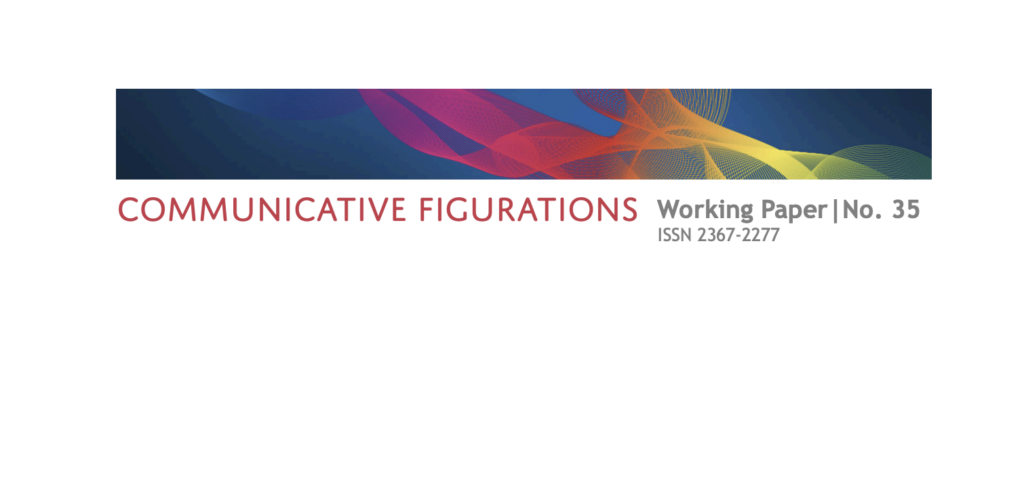
No. 35 - Usha Raman: Keeping the person in the data – Communicating care in the networked clinic
I have a friend with a medical file as thick as the Shorter Oxford English Dictionary, heavy with lab reports and images of her body captured through various technologies and scrawled diagnostic notes from the scores of clinicians she’s visited. The content of the file finds its way to the physician she’s about to see. But first, there is a series of forms
to be filled, including those that provide identification and locate her in the socio-economic world: a mobile telephone number, an address, employment, insurance, and next of-kin’s details. Then she walks into an ante-room where a young paramedic spends a few minutes eliciting a brief history. The paramedic takes notes, but selectively, looking for specific details that relate (in her mind) to the “purpose of visit”, a one-line description or question that drives the patient to this clinic. This piece of paper is added to the top of the file and sent to the physician in advance of the actual interaction. And so it begins, the clinical encounter. A few minutes of silence while the physician thumbs through the file that has been thumbed through many times before, her mind working back and forth between the patient in front of her and the data cloud she calls upon, to understand, to locate, and to project this particularity
It’s a three-point dance, between the embodied narrative of the moment, the abstracted storyline in the file, and the large meta-narrative of evidence that has been built by the millions of data points contributed by individuals with lives and experiences as disparate as the combinations of DNA that can never completely define them. Having traveled across several systems of medicine with a problem that defies simple categorization, my friend is only too aware of the mental machinery that swings into action when she enters the clinic. She also perceives the numbers and notions that drive that machinery, inform its processes and frame its products. “Every system of medicine seems to think about data differently, breaks it down differently,” she says. Over time, she has acquired the vocabulary and the grammar to shape her narrative within the data culture of a particular clinic, producing herself in a way that is recognizable to it. As Lisa Gitelman and Virginia Jackson (2013) so evocatively put it, data are the starting point for “what we know, who we are, and how we communicate”. In today’s clinic, data drive the understanding and practice of health care.
About the author
Usha Raman
Usha Raman is a Professor at the Department of Communication, University of Hyderabad, India. In 2019, she was a ZeMKI Visiting Research Fellow at the Centre for Media, Communication and Information Research (ZeMKI), University of Bremen. Before entering academa in 2010, she worked as a freelance journalist and health communicator for over three decades, publishing on topics related to health, technology and women’s issues in a range of mainstream newspapers and magazines. She writes a column for one of India’s largest dailies, The Hindu, and edits a monthly magazine for school teachers, Teacher Plus. Usha received her doctorate in mass communication from the University of Georgia, Athens, Georgia, USA, in 1996. Her research interests include cultural studies of science, health communication, feminist media studies, and the social and cultural impact of digital media. At the University, she offers courses on basic and advanced writing, digital media and cyber-culture, and health communication. She has also worked on a range of consulting projects on health promotion and behaviour change communication for the Indian Institute of Public Health (Hyderabad), UNICEF(India) and The George Institute for Global Health (India). In fall 2016, Usha was a Fulbright Faculty Fellow at MIT’s Comparative Media Studies/Writing program, where she worked closely with the Centre for Civic Media. In April 2013, she received an International Research Collaboration Award rom the University of Sydney.

